The detection of phosphine gas in Venus's atmosphere in 2020 sent shockwaves through the scientific community, reigniting debates about the possibility of life beyond Earth. This unexpected discovery, initially reported by a team led by Jane Greaves of Cardiff University, suggested concentrations of phosphine at approximately 20 parts per billion—a figure difficult to explain through known abiotic processes. The implications were profound: on Earth, phosphine is primarily associated with anaerobic biological activity. Could this be a signature of microbial life floating in Venus's temperate cloud decks?
However, the initial excitement soon gave way to rigorous scrutiny. Independent teams attempted to replicate the findings using different telescopes and analytical methods. Some failed to detect phosphine altogether, while others reported significantly lower concentrations. The debate hinges on the interpretation of spectral data, where the phosphine signal overlaps with other molecular signatures, particularly sulfur dioxide—a common compound in Venus's hostile atmosphere. Critics argue that the original team may have underestimated the interference from sulfur dioxide, leading to a false positive.
The stakes are high in this scientific duel. Venus, with its scorching surface temperatures and crushing atmospheric pressure, has long been considered inhospitable to life as we know it. Yet the idea of extremophiles surviving in its cooler cloud layers—where temperatures and pressures resemble Earth's—has persisted for decades. The phosphine controversy has forced planetary scientists to revisit old assumptions and confront gaps in our understanding of Venusian chemistry. If abiotic processes can produce phosphine at the observed levels, it would imply unknown geochemical or photochemical pathways. If not, the door to astrobiology cracks open just slightly.
Complicating matters is Venus's complex atmospheric dynamics. The planet's thick clouds rotate much faster than its surface—a phenomenon called superrotation—creating layered chemical environments that are poorly understood. Phosphine, if present, would be unstable in Venus's upper atmosphere where ultraviolet radiation would rapidly break it down. This suggests any detection would point to an ongoing production mechanism, whether biological or geological. Some researchers propose volcanic activity as a potential abiotic source, though current models struggle to account for the required phosphine quantities.
Behind the technical arguments lies a deeper philosophical tension between skepticism and optimism in the search for extraterrestrial life. The scientific method demands extraordinary evidence for extraordinary claims, yet some worry that conservative interpretations might cause us to miss subtle biosignatures. As new observations from upcoming Venus missions like VERITAS and DAVINCI+ loom on the horizon, this phosphine debate represents more than just a quarrel over spectral lines—it's a proxy battle about how we define life, where we expect to find it, and what tools we'll need to prove its existence beyond Earth.
The resolution may ultimately require in situ measurements. While telescopes provide valuable remote data, Venus's acidic clouds and extreme surface conditions demand physical probes capable of direct sampling. Proposed missions like NASA's envisioned aerial platforms or Russia's Venera-D could carry specialized instruments to hunt for phosphine and other potential biomarkers. Until then, the phosphine signal remains what it was at discovery—an alluring enigma, simultaneously a cautionary tale about premature conclusions and a thrilling hint that the universe might yet surprise us.

By /Jul 2, 2025

By /Jul 2, 2025

By /Jul 2, 2025

By /Jul 2, 2025

By /Jul 2, 2025
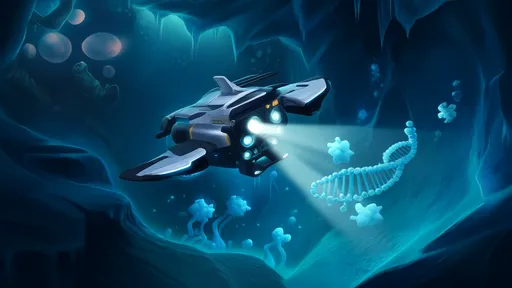
By /Jul 2, 2025

By /Jul 2, 2025

By /Jul 2, 2025

By /Jul 2, 2025
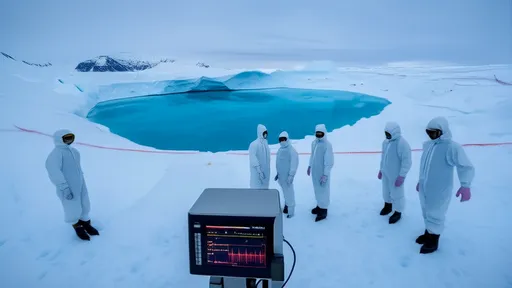
By /Jul 2, 2025
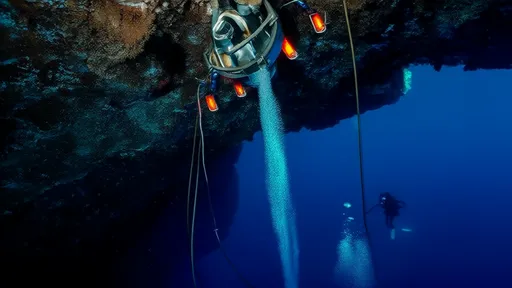
By /Jul 2, 2025
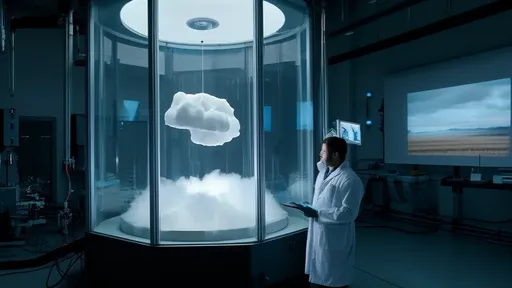
By /Jul 2, 2025

By /Jul 2, 2025

By /Jul 2, 2025

By /Jul 2, 2025

By /Jul 2, 2025
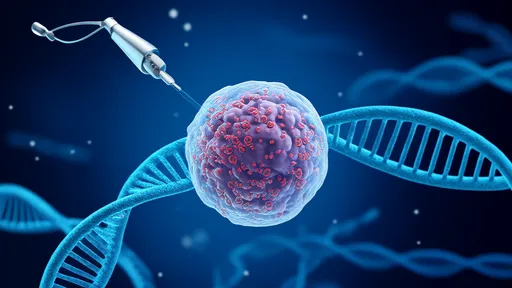
By /Jul 2, 2025
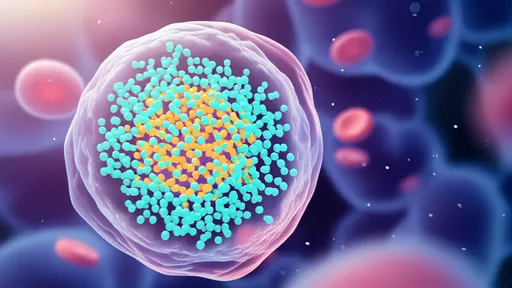
By /Jul 2, 2025

By /Jul 2, 2025
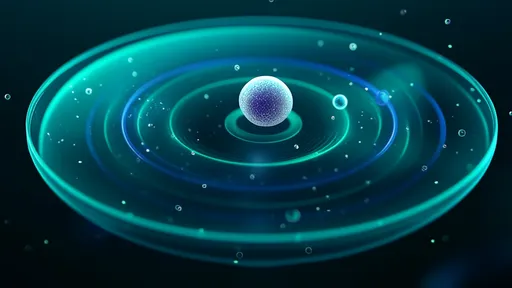
By /Jul 2, 2025